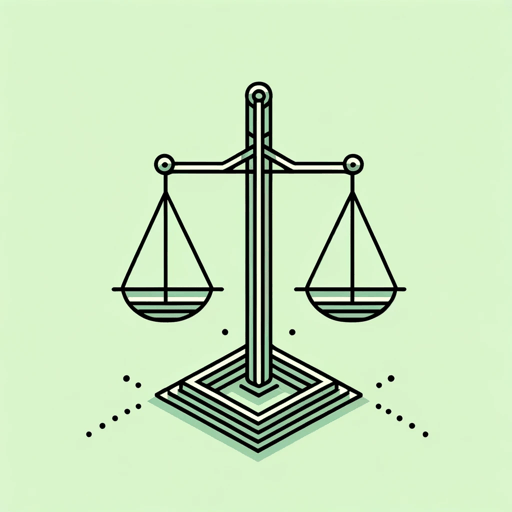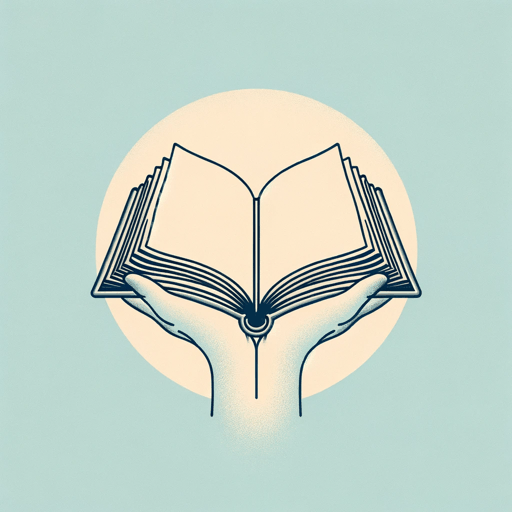44 pages • 1 hour read
William JamesPragmatism: A New Name for Some Old Ways of Thinking
Nonfiction | Book | Adult | Published in 1907A modern alternative to SparkNotes and CliffsNotes, SuperSummary offers high-quality Study Guides with detailed chapter summaries and analysis of major themes, characters, and more.
Lecture 7Chapter Summaries & Analyses
Lecture 7 Summary & Analysis: “Pragmatism and Humanism”
James begins by criticizing the rationalist claim that there exists such a thing as “the Truth” (92), for example, insisting on rigid rules in the use of language, ignoring the fact that experience modifies the way people speak. James argues that such concepts as “law, language, truth” are not “antecedent principles” but “abstract names” for the “results” of a constantly evolving process (93).
As a pragmatist, James insists that there are truths, plural, and that “the truth” is merely a generalizing abstraction. He sees pragmatism not as a way of discovering “the truth” but as a workable system for judging the merits of various competing theories.
In this lecture, James explores the relationship between pragmatism and what the 19th-century philosopher F. C. S. Schiller called humanism: the doctrine that “to an unascertainable extent our truths are man-made products” and that “[t]he world […] is what we make of it” (93). James is quick to assert that reality is “found, not manufactured” (94), to reassure readers that the pragmatic view of truth is not merely subjective and relativistic.
James says that there are three parts to reality. The first part is sense data, which simply come to us.
Related Titles
By William James
Featured Collections
American Literature
View Collection
Appearance Versus Reality
View Collection
Essays & Speeches
View Collection
Order & Chaos
View Collection
Philosophy, Logic, & Ethics
View Collection
Psychology
View Collection
Religion & Spirituality
View Collection
School Book List Titles
View Collection
Science & Nature
View Collection


